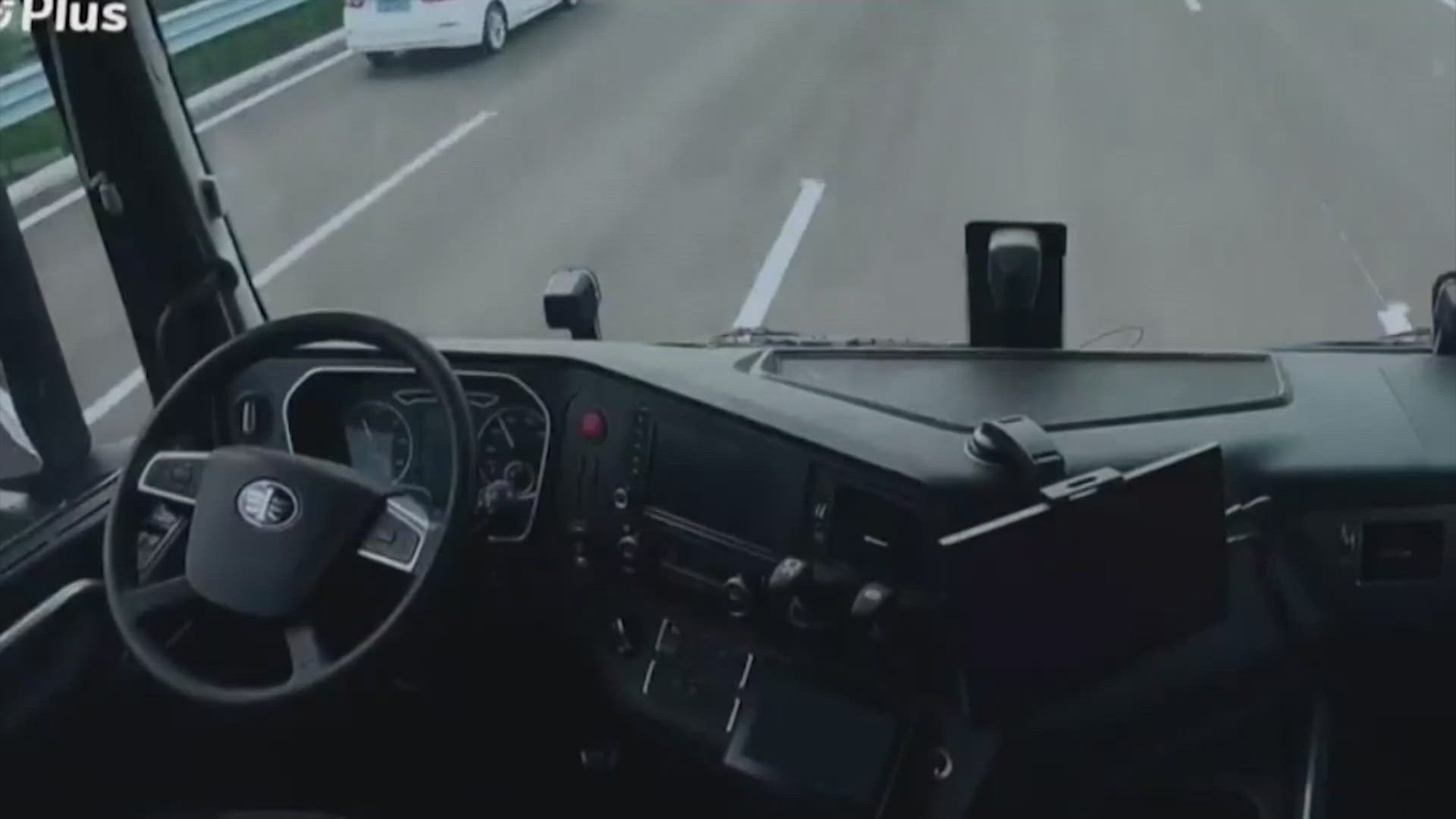DALLAS No other crimes have been more analyzed or scrutinized than what happened in Dallas a half-century ago.
It's been picked apart for decades, said Farris Rookstool III, JFK historian and former FBI analyst, but the tragedy of this is no one has ever taken the due diligence of time to really put these pieces together until now.
After five decades, Rookstool is sharing the strongest evidence yet that Lee Harvey Oswald murdered Dallas police Officer J.D. Tippit.
The wallet puts him definitively at the scene of the crime, Rookstool said.
Oswald's wallet has been a persistent mystery in recent years one Rookstool started studying. The mysterious billfold first appeared on WFAA in the afternoon of November 22, 1963.
WFAA program director Jay Watson, anchoring live coverage of the assassination, asked Channel 8 photographer Ron Reiland to join him on set and discuss film that Reiland just shot on the Oak Cliff street where Tippit was slain.
Let's roll the film and we'll narrate it as we go, Watson said on air.
Reiland, describing each scene to Watson, presumed the wallet seen on the film belonged to Officer Tippit.
There is absolutely no doubt in my mind that this is Oswald's wallet, Rookstool said.
So, Rookstool set out to prove it.
He compared the Channel 8 black-and-white film to Oswald's actual wallet in the National Archives. On each of them, circular snaps are visible, along with metal strips and perhaps the biggest similarity a zipper over the cash compartment.
Oswald's wallet is a different color and has different characteristics than Tippit's.
This month, for the first time, Marie Tippit shared her late husband s wallet with WFAA. Tippit's is black, has a different style snap no metal bar like Oswald s and does not have a zipper over the cash compartment.
A half hour east of Birmingham, Alabama is the only man alive today who saw Oswald's wallet at Tippit's murder scene.
As I walked up, I happened to not knowingly step in a puddle of blood, which was Tippit's blood, retired FBI Special Agent Bob Barrett recalled. I thought, 'Oh God, what have I done?'
He spent 27 years in the FBI and was asked to go to the Tippit murder scene that day by his friend, Dallas County Sheriff Bill Decker.
After arriving at 10th and Patton in North Oak Cliff, Barrett said, he recognized a Dallas police captain thumbing through a billfold.
He said, 'Bob, you know all the crooks in town, all the hoodlums, etc. You ever heard of a Lee Harvey Oswald?' I said, 'No, I never have.' He said 'How about an Alec Hiddell?' I said, 'No. I never have heard of him either,' Barrett explained. Why would they be asking me questions about Oswald and Hiddell if it wasn't in that wallet?
In addition, the first Dallas cop on the Tippit crime scene said he actually recovered the wallet.
Sgt. Kenneth Croy, a reserve officer at the time, put it in writing on an 8 x 10 picture for Rookstool.
First on the scene, recovered Oswald s wallet there, too, Croy wrote on an image of Tippit s patrol car.
But officially, Dallas police told a different story. The department said it got Oswald s wallet from Oswald himself after his arrest a short time later at the Texas Theatre.
Barrett and Rookstool believe police made that up for the official report because too many officers handled the crucial piece of evidence at the shooting scene.
They said they took the wallet out of his pocket in the car? That's so much hogwash, Barrett said. That wallet was in [Captain] Westbrook's hand.
Bob's in Alabama. Kenneth Croy is in Hamilton, Texas, Rookstool said. They had no relationship with each other than the fate of history put them at the scene of a crime.
Rookstool says the testimony of Barrett and Croy, Tippit's billfold, and the WFAA film prove that Oswald's wallet was at the scene of the policeman's murder.
More than shell casings and eyewitness recollections, it is the first hard evidence placing Oswald there on that day.
It s significant in tying off a historical loose end and perfecting the record fifty years later.
E-mail: jwhitely@wfaa.com

